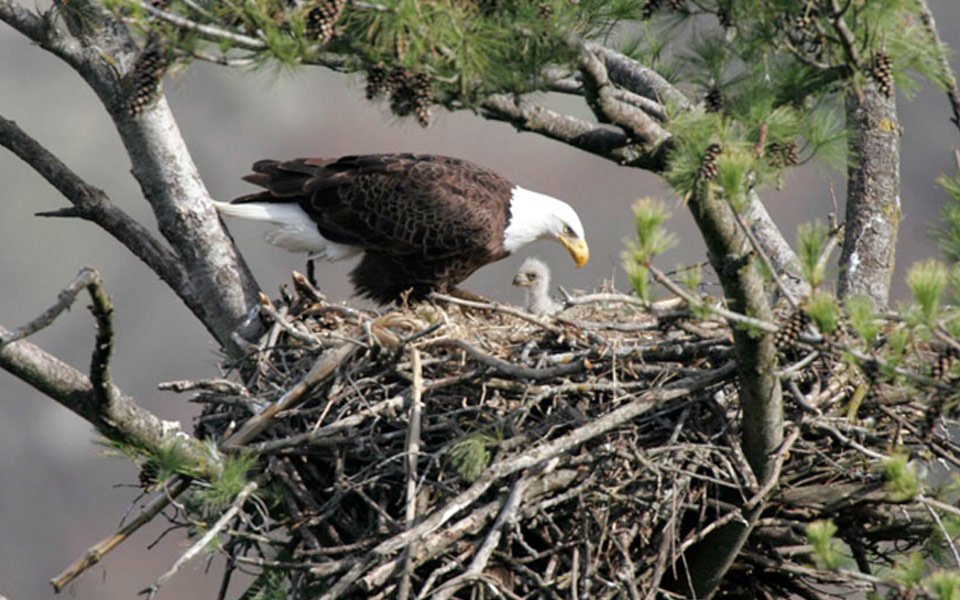Appreciating Nature’s Design
When Rudy Magnan was in his twenties, he knew he wanted to invest in some land in rural New York State. Family friends told him about a beautiful property in Bethel, Sullivan County, NY close to the Bethel Woods Performing Arts Center, the site of the 1969 Woodstock Festival.
Rudy visited the property and befriended the owner, a man who used the land as a dairy farm and had never wanted to sell it. Over the years, Rudy made a point to visit the owner and help around the farm. The farmer eventually agreed to sell the land to Rudy, provided he could live out the rest of his life in the home on the property. The farmer passed away in the 1960s, and Rudy got to work restoring the house and determining what he wanted to do his 46 acres of land.
Rudy used the land for raising cattle through the late 1980s, and the farm became one of the first suppliers in the area to sell natural beef. He also planted a vineyard as well as a garden to grow a variety of vegetables. These ventures were challenging to maintain with temporary caretakers renting the home and caring for the land. Though Rudy lived on Long Island at the time, “My heart has always been up there,” he says.
Eventually, one of the tenants was interested in purchasing the house with one acre, but with the possibility of Marcellus Shale drilling in the area, the tenant was concerned Rudy might sell or lease the other 45 acres to a gas company. Rudy assured him that this would not happen, and began discussions in 2007 with the Conservancy regarding permanently protecting the land. In December 2011, the Conservancy finalized a conservation easement on the property. This easement was also made possible with grant funding support from the Common Waters Fund, which helps private landowners sustainably manage and preserve land and water resources.
Rudy is now assured that no matter who owns this beautiful property in the future, its scenic views, prime agricultural land, and valuable wetlands and tributaries with high water quality will be protected from development. From Rudy’s perspective, “Preserving nature’s incredibly intelligent design is what it’s all about.” He is currently writing a book about biomimicry, and discusses the incredible shift in mindset he experienced due to his appreciation of the beauty and inherent value of his property.
Rudy believes that the work of land trusts like the Delaware Highlands Conservancy will be looked upon historically as a major shift in thinking toward a real appreciation for the intelligent design of nature and the need to protect lands and waters now and for the future. The Conservancy appreciates the efforts of landowners like Rudy who want to ensure that land remains protected for future generations. This easement is adjacent to an existing 119-acre easement—Lemons Brook Farm—also held by the Conservancy (and the site of the Conservancy’s New York office). The two properties now form a permanently protected greenway.
Rudy points out the importance of recognizing plants and animals living their own lives, separate from human influence, and becoming connected and balanced with those patterns of living. “If we ruin that balance, we only destroy ourselves,” he says. “Nature is a force to be reckoned with and has a way of organizing that man could never, ever control.”










